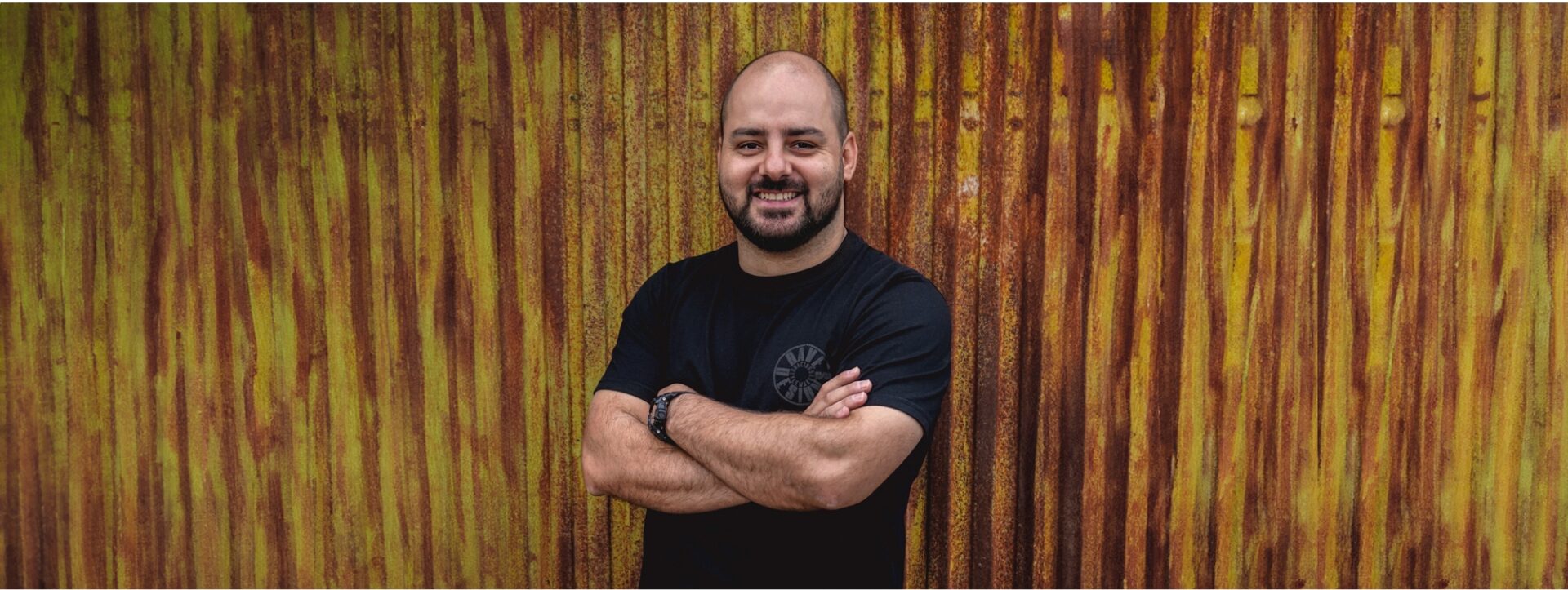
David Mata, CEO of Dave Designs, began his journey in the world of design over 20 years ago. What started as a hobby has now made him a design reference in the motorsport industry.
He studied graphic design and illustration in Mérida while working at an advertising agency.
His big break came with Red Bull, when he was chosen to paint all the brand’s sports cars, leading him to specialize in helmet design.
A pivotal moment in his career came in 2015 when he was tasked with designing and painting Marc Márquez’s helmet for the Montmeló race. The success of this project marked the beginning of a lasting partnership between Márquez and Dave Designs, resulting in a vast collection of distinctive helmets, including work for Carlos Sainz.
Today, Dave Designs aims to continue its growth from its studio in Badajoz, with international expansion becoming an increasingly realistic goal. The brand’s DNA and essence, centered on competition and design, remain intact. Their success lies in the art of storytelling through design.
For the Gulf Motion project, we tapped into his talent to give our e-mobility products a design inspired by some of Gulf’s most iconic liveries, reflecting over 100 years of support for motorsport.

1. Right now, your work is focused on the motor world and very specifically on helmet design. Why a project in the e-bike world?
Although the most visible part of our work is helmets, the truth is that we have always been very close to the bicycle as something inevitably complementary. In the end we focus on projects that have design and customisation as part of their DNA and bicycles have always been a big attraction.
2. What were the main differences/obstacles for you in changing from one sector to another?
We adapt, it’s not a change as such. We look for common ground that allows us to focus on the vision of the article in question.
3. How did you arrive at the final designs for the 7 models that make up the Gulf Motion project? What was the creative process? How do you start, develop and finish a project of these characteristics?
The story we can tell through design is a challenge. The details of the original design that we have as the starting point are our launchpad. We start with that inspiration and end up offering a new approach with a unique twist.
4. What has been the most difficult and the easiest part of the creative process?
Without a doubt, maintaining the essence of the brand without it all becoming a cliche.
5. What inspires you?
Looking back without giving up what the future has to offer. We all have references that help us in our process. Having the freedom to create something new is always inspiring.
6. From your point of view, what makes a design successful?
The colour and the shapes – two key ingredients to catch the eye, hold the attention and create desire. It’s both basic and complex.
7. What has been the challenge of combining the technology of electric mobility products with the vintage side of car models and designs from more than 50 years ago?
Everything comes back full circle, design is cyclical. From a creative point of view, we are not innovating, we are just interpreting what was already a success in its original state, just with a renewed and contemporary approach.
8. Design is one of the most important parts of this project, together with sustainability. What is the relationship between the two, in your opinion?
I don’t know how far these two concepts are related, but in this project they have been the basis on which everything else has been built.